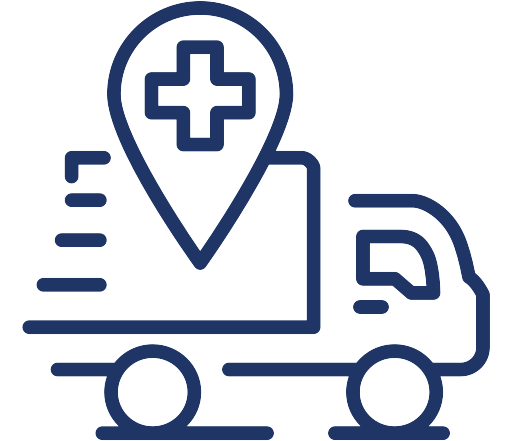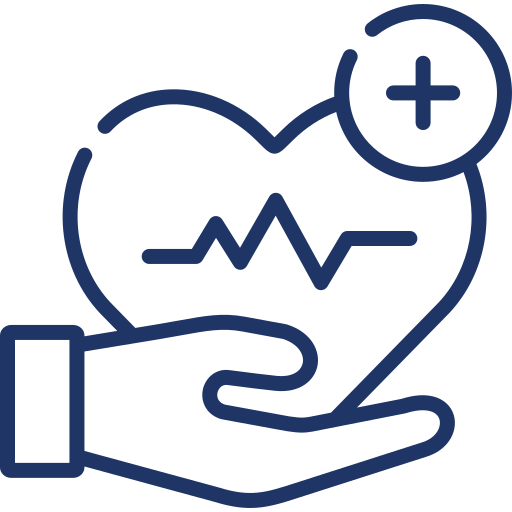What is a TB test? Are PPD skin tests and TB test results important? What does a positive TB test look like? Get answers to questions about PPD tests here.
First of all, what is tuberculosis? TB is a potentially infectious disease that usually occurs in the lungs. Mycobacterium Tuberculosis, the bacteria that causes TB, spreads through the air through sneezing and coughing. You’re more susceptible to getting infected during the winter season and if you have a weak immune system.
There are two tests for diagnosing tuberculosis: a TB blood test and a Purified Protein Derivative skin test. Although the Centers for Disease Control and Prevention has provided guidelines on performing an Interferon Gamma Release Assay blood test, a skin test is still the standard testing method in most healthcare facilities.
What is TB testing?
A Mantoux Tuberculin skin test or PPD test is essential to determine if you have a TB infection. It won’t diagnose the disease, but if you have a history of exposure.
After the PPD skin test is implanted you will return to clinic within 48-72 hours. A doctor will measure your skin’s response to the test.
Important things to know about PPD skin tests
- Ensure your doctor’s office is open 48 to 72 hours after the test. If you miss the second visit, the result becomes invalid.
- If you miss the second doctor visit, you’ll have to wait at least 7 to 10 days for another skin test.
- The doctor who administered the test should be the one to read the TB test results.
- Traditionally, the results are positive or negative. Nowadays, the doctor needs to know the size of the reaction in millimeters. If the reaction size is missing, it can become an issue with Federal and State requirements when the purpose is immigration.
- All subsequent medical decisions for PPD results depend on the size of the skin’s reaction and your medical and demographic history.
What happens when you get a PPD test?
A doctor injects 0.1 ml of a PPD protein called Tuberculin into your skin. After two to three days, if your body identifies and reacts to the PPD shot, you may have the tuberculosis bacteria. Doctors can’t read test results less than two days from the injection date.
Allergy to band-aid glue happens often, so it shouldn’t interfere with your test. After that, you go home and wait for 48 to 72 hours for the second part of the test.
When to read TB test results? What does a positive TB test look like?
When you arrive for the second part of your Tuberculin test, your doctor will look at the skin around the injection. The standard guidelines are to measure the area that looks reddish or pinkish, called Erythema, and records its size in millimeters.
The area has to be felt by the examiner’s fingers to detect any raised, thickened, and firm skin inside the red or pink area. This hardened skin is called induration. A doctor measures the spot across the forearm, perpendicular to the long axis.
It takes a skilled, trained doctor to provide an accurate reading of negative and positive reactions, as well as to determine a false-negative result and if you have a latent or active TB infection. Always choose a medical provider that does this test routinely.
Although retail pharmacies might offer a PPD test, pharmacists didn’t receive the proper training to read PPD results. TB is serious, so you have to choose a highly skilled medical professional to help you with testing and determine if you need to get a chest x-ray and TB treatment.
Should you get tested?
If you live in New York City, you should get tested because risk factors are high. You need to search for an urgent care center that offers a TB test near me immediately. Exposure to tuberculosis is not rare in NYC. Even if you got the BCG vaccine when you were younger, the protection fades away as you get older. It’s important not to confuse BCG with a PPD vaccine.
If you think you’re infected, were around someone who has TB, or recently traveled to high-risk areas like hospitals and nursing homes, book an appointment and ask for a TB PPD test as soon as possible.
 (917) 310-3371
(917) 310-3371


